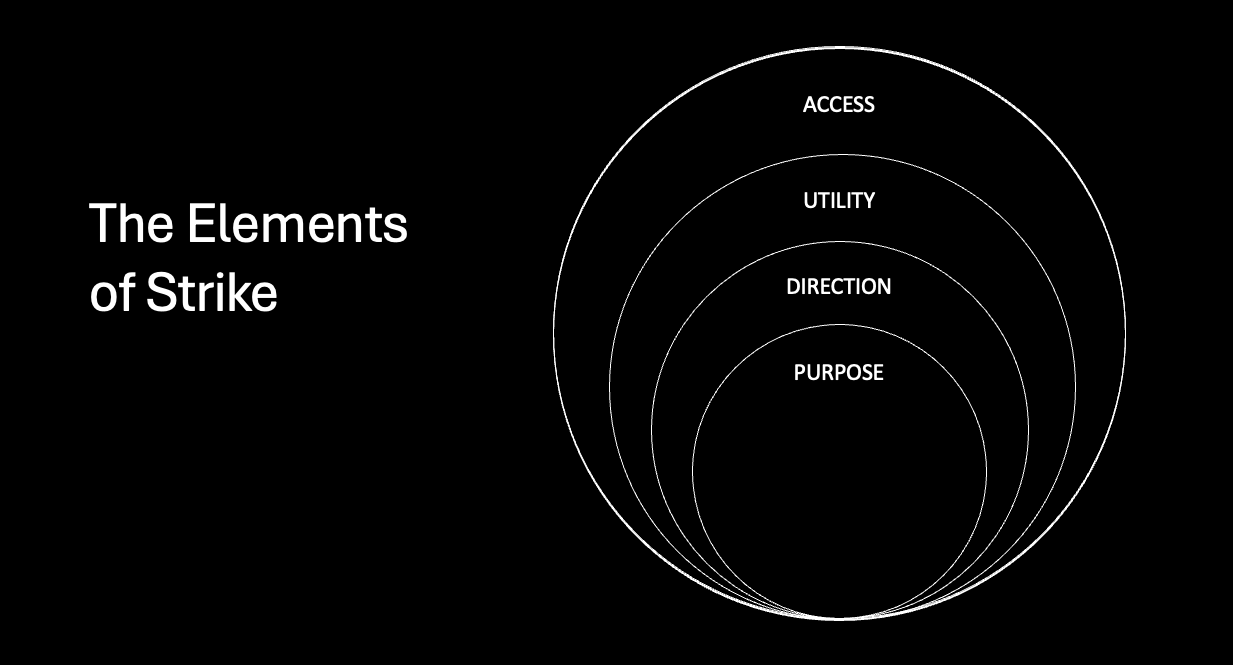Considering the Nature of Strike and Its Role in Deterrence Strategy
At the 27 September 2023 Williams Foundation Seminar, Chris McInnes of the Foundation provided a conceptual analysis of the elements of strike and their utility In warfighting and deterrence.
He warned against the experience of the past two decades where precision strike has been used by the liberal democracies to reduce risk to themselves and collateral damage against our adversaries.
He looked back at World War II and provided several examples of the need for a prolonged campaign of strike to achieve objectives, and indeed, the challenges facing World War II bombing campaigns in Europe to achieve objectives as the Germans responded in asymmetric ways to reduce the strategic effect of those strike efforts on the German war effort.
McInnes underscored: “Understanding the driving purposes behind why Australia is investing in strike is crucial to building strike forces. Strike direction must be supported by diverse philosophies that enable a generation of new ideas and approaches. These in turn should be tried and tested through many small experiments. These philosophical elements underpin the range of opportunities strike provides.
“To exploit these opportunities, we must carefully consider the elements of utility and access. Utility is context dependent, and includes considerations of effectiveness, reliability, flexibility, and repeatability. Access is an outcome of operational reach, which requires the packaging of forces with appropriate permissions, range, responsiveness and sustainability.”

I would note that the DSR talks often of deterrence by denial in which clearly multi-domain strike plays a key role.
But what is the exact correlation between types of strikes and where they are delivered to achieve deterrence by denial?
This really is an unanswered question in the DSR but is crucial in connecting any considerations of what strike, when and how leads to deterrence rather than ongoing escalation.
The war in Ukraine certainly is a warning with regard to the question of what strike options are related to war termination which is the function of deterrence in conflict short of total war. There seems to be little consideration of how escalating strike options for Ukraine is connected with war termination or “victory.”
In effect, McInnes was calling for clear headed thinking with regard to shaping long range and multi-domain strike capabilities by Australia to the strategic purposes of deterrence.
McInnes provided a one-slide summary of what he called the elements of strike. This slide underscored that the strike which is possible needs to be correlated with the purpose and duration of conducting strikes.
Where are your strike assets deployed or located?
What can they achieve against your adversary?
In tactical terms and in deterrent meaning?
Long-range strike is part of an effort to touch the adversary further from your forces or your territory. Yet multi-domain strike in a key area delivered by ground-maritime-air forces tactically may have the strategic effect one is looking for.
But from my personal point of view, it is crucial to link strike considerations with deterrent considerations with capabilities to negotiate in conflict situations. Strike capabilities are key parts of negotiating from strength, but only if the political actors understand the relationship between particular strike capabilities and conflict termination.
This is a subject for considered attention going forward.

